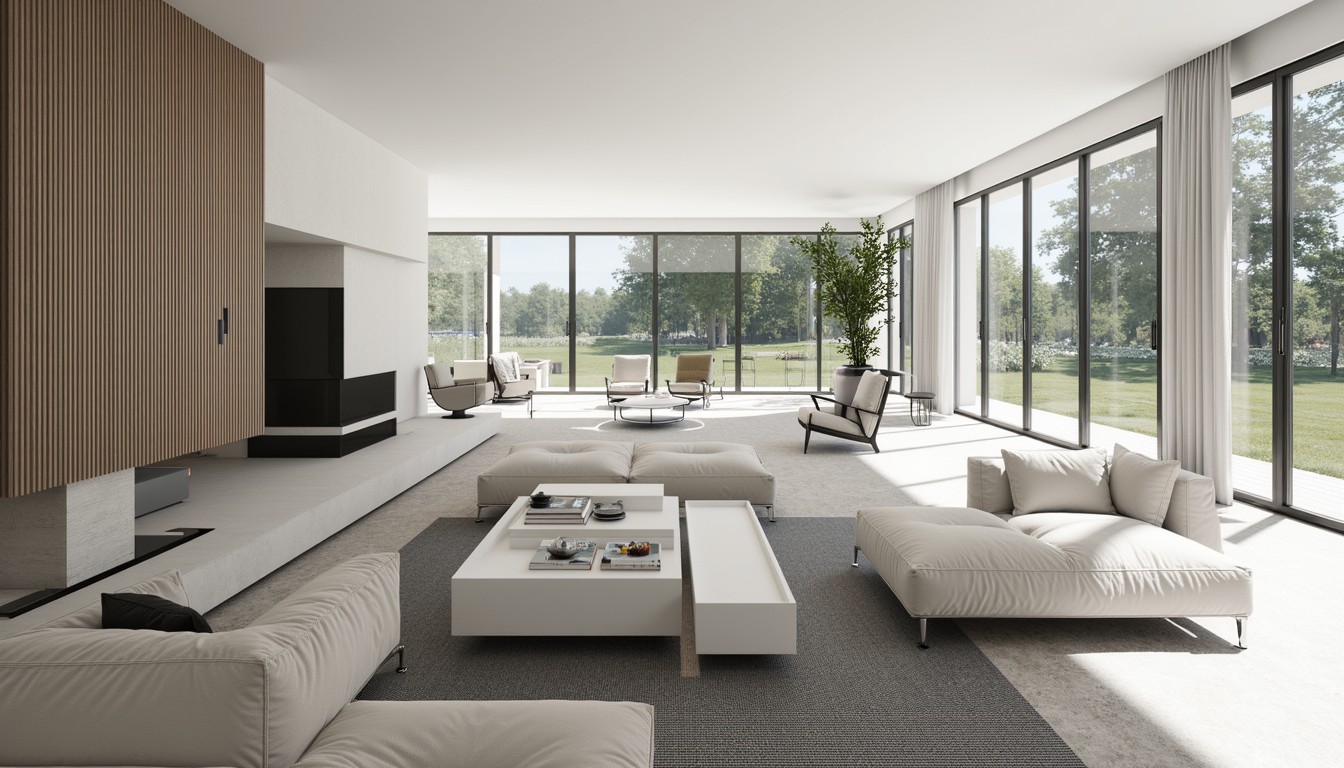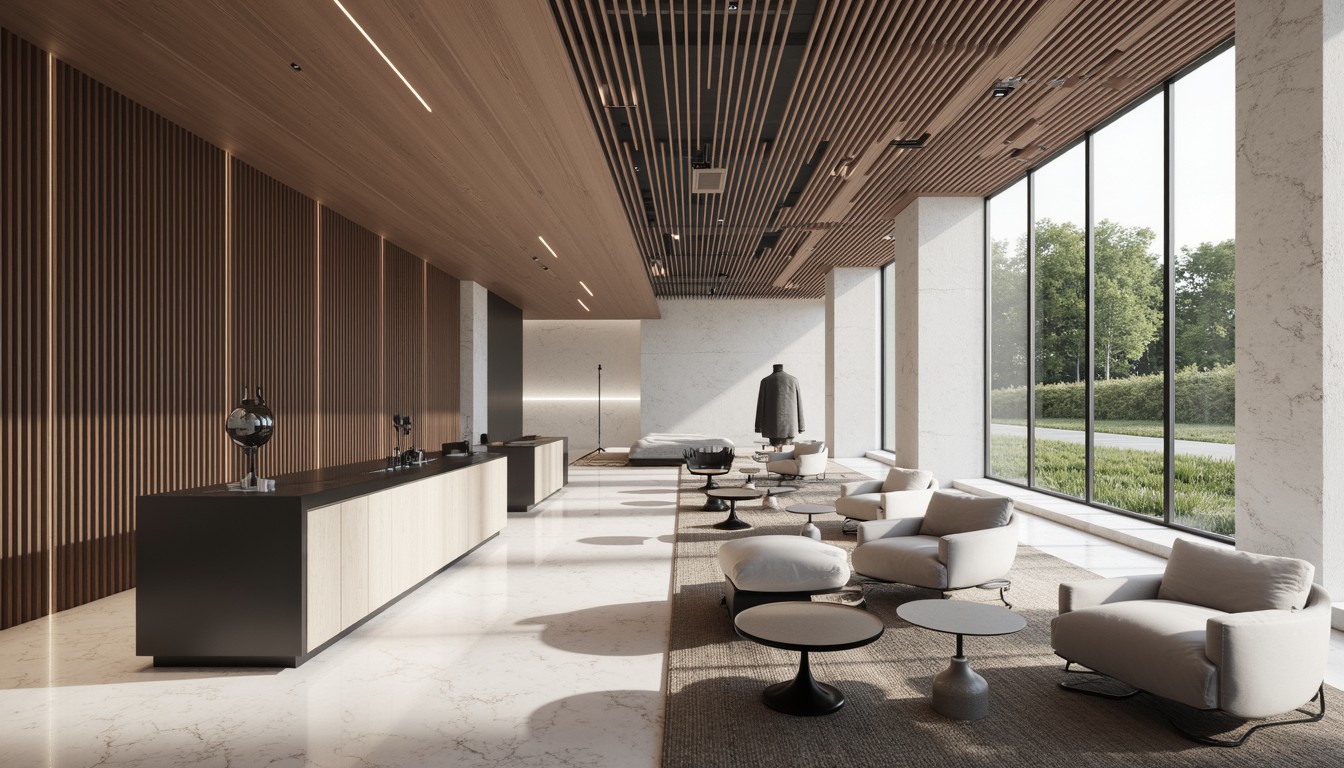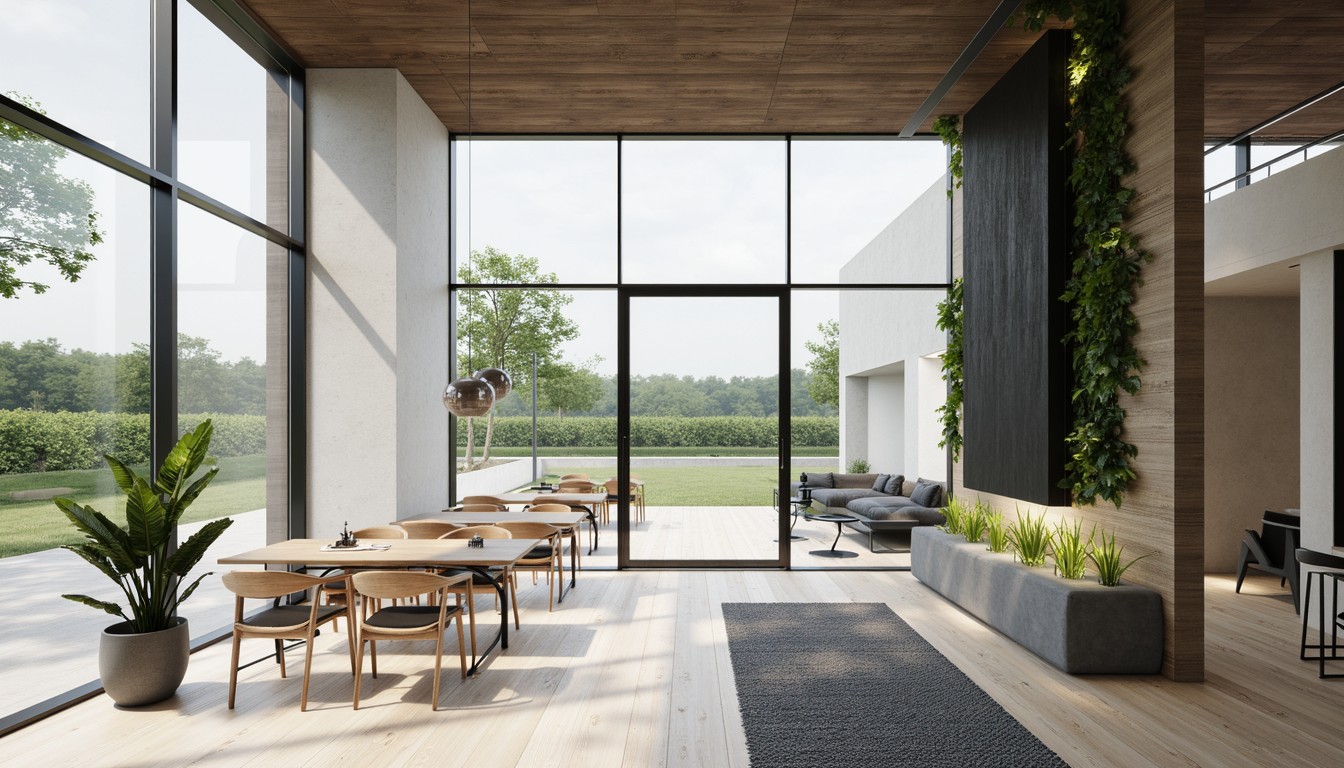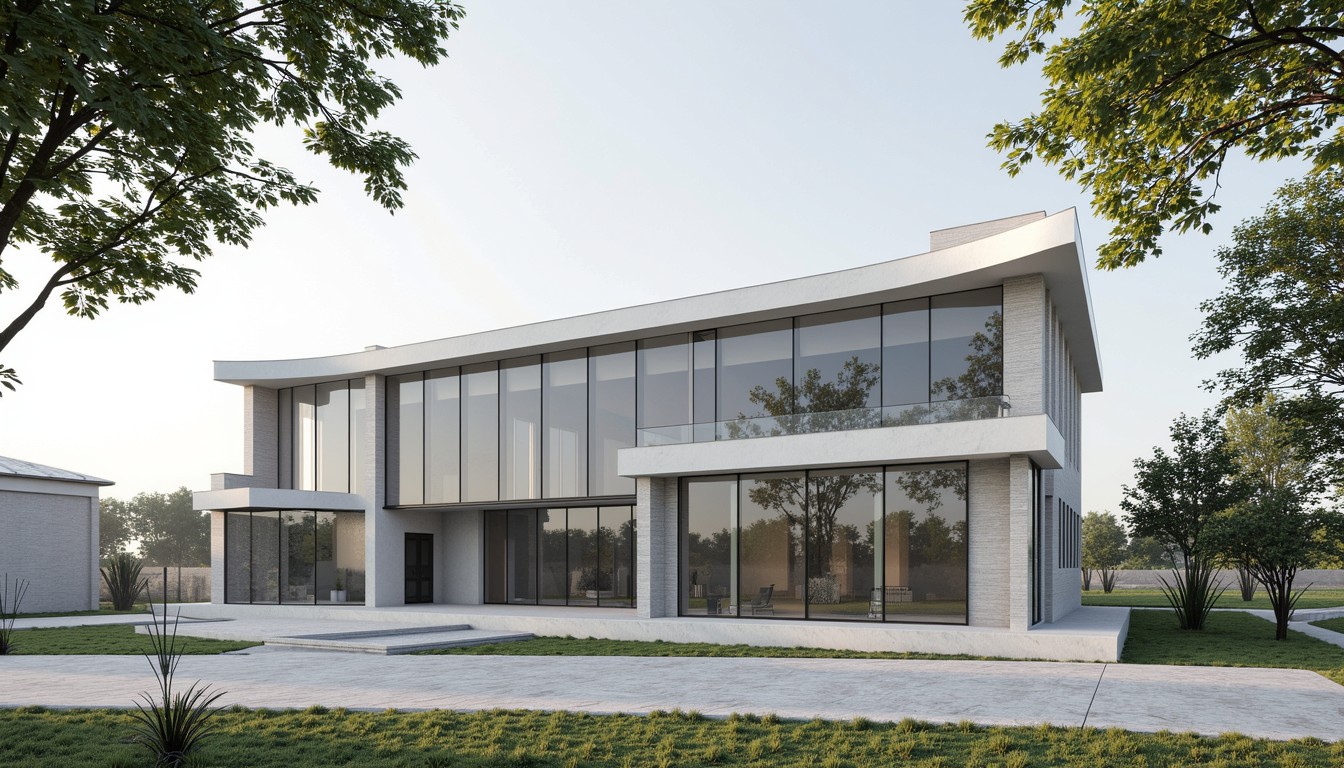Immersive Design: Revolutionizing Architecture with VR & AR
The architectural landscape is undergoing a dramatic shift, driven by technological advancements that are redefining how architects design, present, and collaborate. At the forefront of this transformation are Virtual Reality (VR) and Augmented Reality (AR), two immersive technologies offering unparalleled opportunities to enhance the design process and client experience. ArchNav is at the cutting edge of this revolution, leveraging the power of VR and AR to deliver exceptional architectural visualizations.
Understanding the Power of VR in Architectural Visualization

Virtual Reality offers a fully immersive, 360-degree experience, transporting users directly into a digital representation of a building or space. This level of immersion allows architects and clients to:
- Experience scale and proportion accurately: VR eliminates the limitations of 2D renderings and physical models, providing a true sense of space and scale. Clients can walk through their future home or office, experiencing the flow and feel of the design in a realistic manner.
- Identify design flaws early on: By “walking” through the virtual space, potential issues with circulation, lighting, or spatial relationships become immediately apparent, leading to quicker and more efficient design iterations.
- Enhance client communication and collaboration: VR fosters a shared experience, enabling architects and clients to engage in meaningful discussions within the virtual environment. This interactive approach improves understanding and facilitates better decision-making.
- Explore design options with ease: Architects can present multiple design variations within the VR environment, allowing clients to compare and contrast options effectively. This streamlines the design approval process and reduces the risk of misunderstandings.
Augmented Reality: Bridging the Physical and Digital Worlds

Augmented Reality overlays digital information onto the real world, enhancing the user’s perception of their surroundings. In architecture, AR offers unique advantages:
- On-site visualization: Architects can use AR to overlay a 3D model of a proposed building onto the actual site, allowing clients to see exactly how the building will integrate into its environment. This is invaluable for contextual understanding and addressing potential site-specific challenges.
- Interactive presentations: AR applications can provide interactive walkthroughs of building designs, allowing clients to explore features and details at their own pace. Annotations, measurements, and other relevant information can be overlaid onto the model.
- Improved construction management: AR can be utilized on construction sites to overlay blueprints onto the physical space, assisting workers in locating utilities, identifying potential conflicts, and ensuring accuracy.
- Marketing and sales tools: AR applications can create engaging marketing materials, allowing potential buyers to virtually experience a property before construction even begins.
Real-World Applications and Case Studies
The applications of VR and AR in architecture are constantly expanding. Here are a few examples:
- Residential design: VR walkthroughs allow clients to experience the layout, lighting, and feel of their future homes, leading to greater satisfaction and fewer revisions.
- Commercial projects: VR can be used to present designs to potential investors and stakeholders, showcasing the project’s potential and minimizing risk.
- Urban planning: AR can visualize proposed urban development projects, allowing communities to engage with the plans and provide feedback.
- Heritage preservation: VR can create virtual tours of historical sites, making them accessible to a wider audience and promoting preservation efforts.
Consider a recent project where ArchNav used VR to showcase a complex museum design to the client. Through the immersive experience, the client could immediately grasp the spatial flow, lighting impact, and overall ambiance, leading to swift design approval and efficient project completion. Another success involved AR, overlaying a new skyscraper design onto the existing cityscape, providing a realistic context for the client and stakeholders.
Choosing the Right Technology for Your Project

The optimal choice between VR and AR depends on the specific needs of the project. VR is ideal for immersive walkthroughs and detailed exploration, while AR excels in contextual visualization and on-site applications. Many projects benefit from a combination of both technologies for a comprehensive approach.
ArchNav: Your Partner in Immersive Architectural Visualization
ArchNav is a leading provider of cutting-edge architectural visualization services. We utilize the latest VR and AR technologies to create stunning and immersive experiences that enhance communication, accelerate the design process, and elevate the client experience. Our team of experienced architects and visualization specialists works closely with clients to understand their unique needs and deliver tailored solutions that exceed expectations. Contact ArchNav today to learn how we can transform your next project with the power of immersive design.
